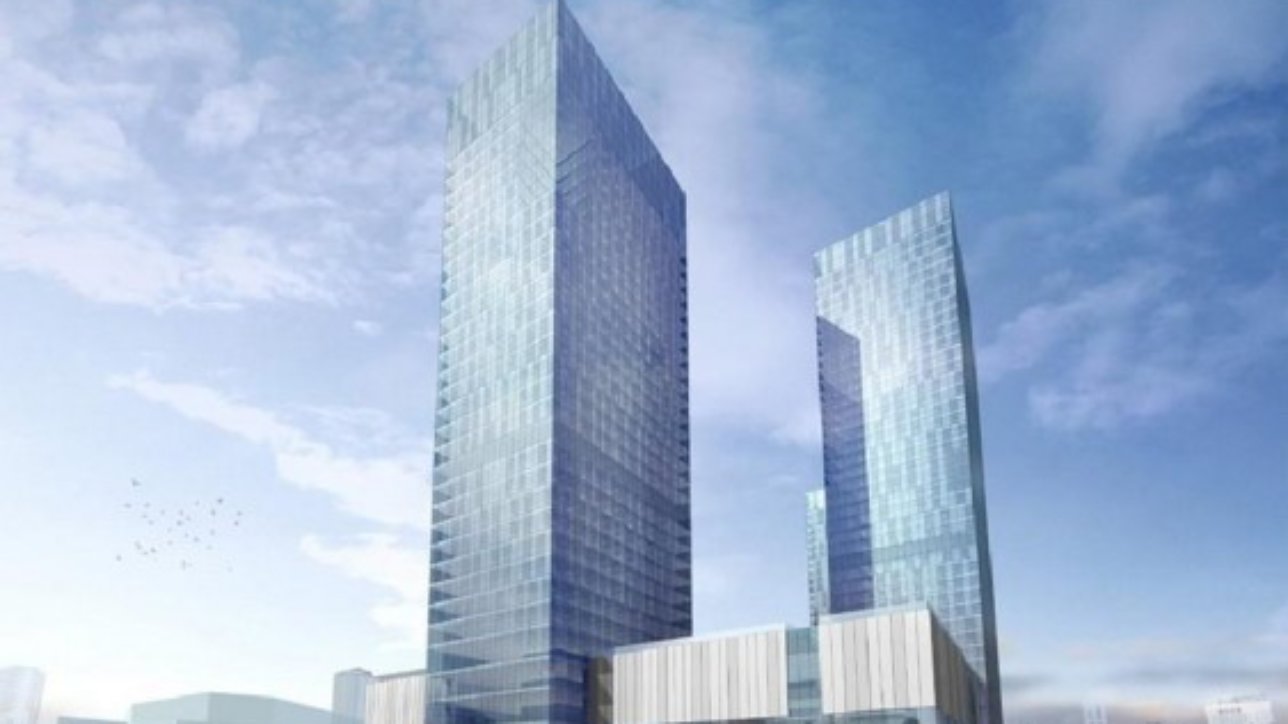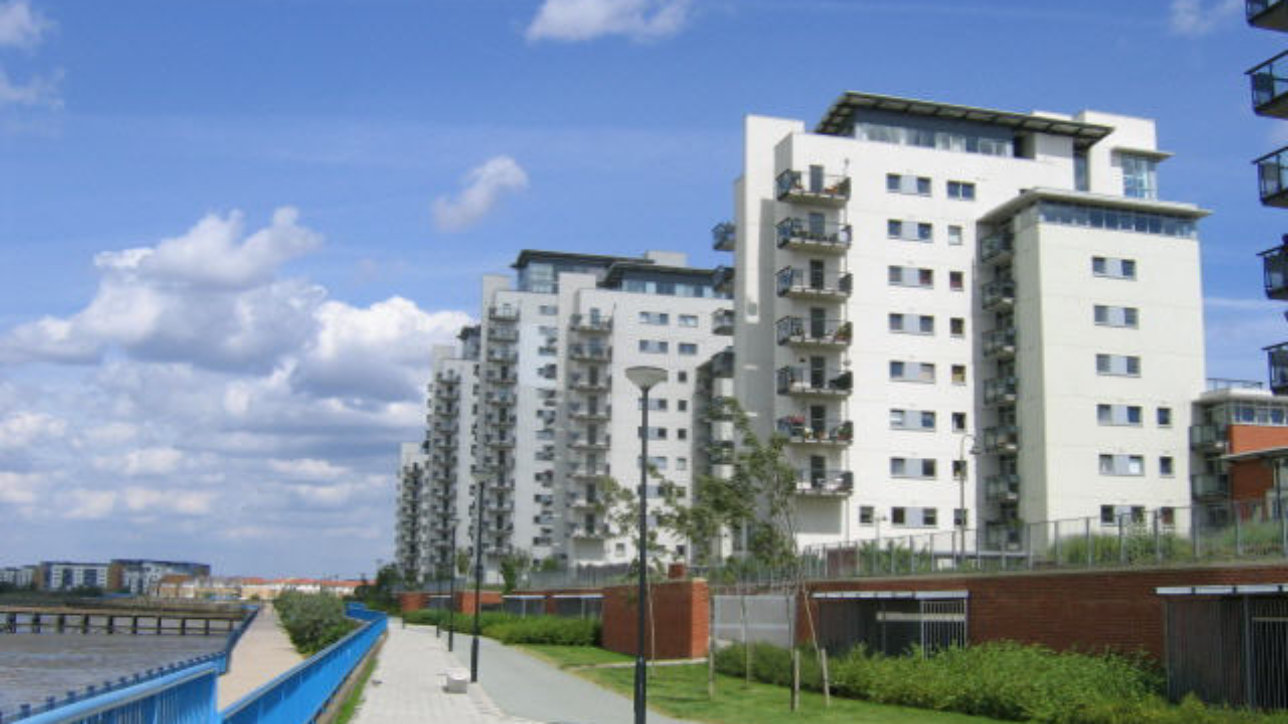It is with great pleasure I bring to you Apartment Advisors, LLC, a real estate brokerage firm dedicated exclusively to Hawaii apartments and specializing in investment brokerage, property management, and 1031 Exchanges for apartment properties. Apartment Advisors was created from a vision that began when I first started in real estate almost 10 years ago.
Kaka’ako Condo Boom and the Effect on the Apartment Market
With an estimated 15 new projects and almost 4,000 new condos slated to be developed, many people have asked how the impending “Kaka’ako condo boom will impact the apartment market. While these two markets can be considered completely different (i.e. apples and oranges), there are several ways they are tied together.
First, it’s very likely we could see some attrition of the smaller entry-level investors (i.e. those looking for properties under $1.5MM) to head over to the condo market simply because there is just too much competition and too few choices in the apartment market. Second, apartment owners could see a decrease in qualified rental applicants as people pursue the homeownership or affordable rental route.
A majority of apartment units haven’t seen full unit upgrades for 20-30 years so compared to developments which are brand new and have better property amenities such as swimming pools, secured entry, and covered parking, we could definitely see an exodus of renters into these new projects.
Finally, the real effects on the apartment market won’t be seen until several years after the condo building boom has ended or at least until the projects have been completed. Assuming there is growth (i.e. appreciation) from pre-sale to market ready condos, we will see a return of investors to the apartment market with additional equity and in need of 1031 exchanges.
We saw the same thing happen during 2005 through 2008 with investors who made massive profits from the condo developments move their investments back into the apartment market. Of course a lot can happen over the next few years with owners, investors, and lenders. Only time will tell.
The real question plaguing most apartment owners who have considered selling at this opportune time is what to do with the proceeds in the event they sell. With interest rates of savings accounts at financial institutions at less than 1% it isn’t surprising most owners have no intention of getting rid of an asset without a plan.
A tax deferred IRC tax deferred 1031 Exchange would seem logical but then the road block of “no quality inventory is available” comes up.
So how does an owner take advantage of a Seller’s market while mitigating their risk? While this question cannot be directly addressed without discussing the pros and cons with a strategic team (i.e. CPA, Financial Planner, Broker, etc.) it’s still possible to achieve your outcome but you will need a true expert in the apartment market to plan and execute on an effective strategy.
3 Fundamental Shifts in Hawaii’s Apartment Market
Investors are now giving equal attention to all multifamily properties including those containing wood (either half or all wood). This is in contrast to previous patterns seen by investors who avoided wood properties due to the limited life cycle, higher insurance costs, and overall amount of repair associated with owning wood properties.
Another occurring shift is the appreciation on multifamily units of an estimated 10-15%. As some might suspect this isn’t entirely because of an increased demand in the rental market or higher net income of a property but instead lower costs for financing which is allowing a property to maintain a positive cash flow despite an increase in price.
In the past, appreciation could be noted as “cyclical”, however, given the constraints of inventory in the market and the overall mentality of both owner and investor, appreciation is setting a precedent rather then taking part of a cycle. Lastly, properties with little to no deferred maintenance and / or which have already been fully renovated with stabilized income are in high demand.
For many investors the focus is on long term investments (retirement and / or cashflow) and most do not want to deal with large upfront capital expenditures or ongoing deferred maintenance issues.
Apartment Market Quarterly Update Q1
The multifamily market continues its strong push forward into 2013 with positive growth fueled by a lack of inventory, low interest rates, and strong investor confidence. Properties under $3 Million have comprised 69% of the total transaction volume in the 1st quarter of 2013 and are expected to continue along this trend.




